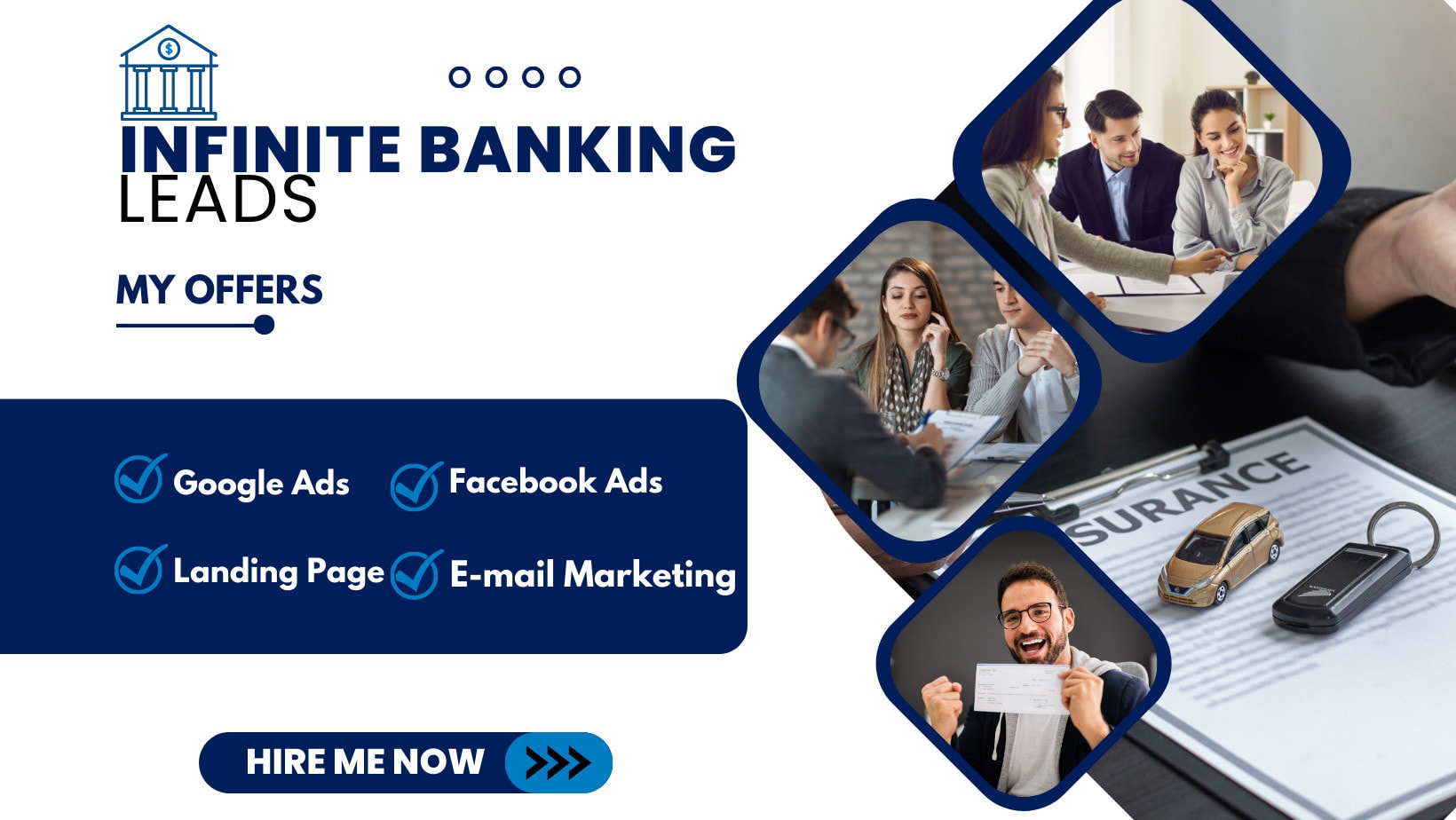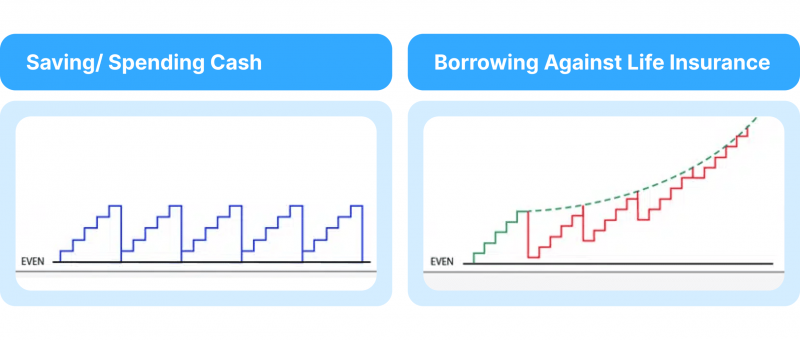All Categories
Featured
Table of Contents
Okay, to be reasonable you're truly "financial with an insurance business" as opposed to "banking on yourself", however that idea is not as very easy to market. Why the term "boundless" financial? The idea is to have your money functioning in multiple areas simultaneously, instead of in a single location. It's a little bit like the concept of buying a residence with money, after that borrowing versus your home and placing the cash to work in one more financial investment.
Some individuals like to speak regarding the "rate of money", which primarily indicates the exact same point. That does not imply there is nothing beneficial to this idea once you obtain past the advertising.
The entire life insurance policy sector is afflicted by extremely costly insurance policy, huge compensations, shady sales practices, reduced prices of return, and inadequately informed clients and salespeople. However if you wish to "Count on Yourself", you're going to need to fall to this industry and really buy whole life insurance policy. There is no substitute.
The warranties integral in this item are crucial to its function. You can borrow versus many sorts of money worth life insurance policy, yet you shouldn't "bank" with them. As you purchase an entire life insurance coverage policy to "bank" with, keep in mind that this is an entirely different area of your economic plan from the life insurance policy area.
As you will see below, your "Infinite Financial" policy truly is not going to accurately supply this vital monetary feature. One more issue with the reality that IB/BOY/LEAP relies, at its core, on an entire life plan is that it can make purchasing a plan troublesome for numerous of those interested in doing so.
Infinite Banking Center
Dangerous pastimes such as SCUBA diving, rock climbing, sky diving, or flying additionally do not mix well with life insurance policy products. The IB/BOY/LEAP supporters (salesmen?) have a workaround for youbuy the plan on somebody else! That may function out fine, considering that the point of the policy is not the survivor benefit, but bear in mind that getting a policy on small kids is extra expensive than it should be because they are normally underwritten at a "typical" rate as opposed to a chosen one.

The majority of policies are structured to do one of 2 things. The commission on a whole life insurance policy is 50-110% of the first year's premium. In some cases plans are structured to take full advantage of the death benefit for the premiums paid.
The price of return on the plan is very crucial. One of the best means to maximize that variable is to obtain as much money as possible into the policy.
The very best way to improve the rate of return of a plan is to have a fairly tiny "base plan", and after that placed more money into it with "paid-up additions". Instead of asking "Just how little can I place in to obtain a certain survivor benefit?" the question becomes "Just how much can I legitimately took into the policy?" With even more money in the policy, there is more cash money worth left after the costs of the survivor benefit are paid.
An additional advantage of a paid-up addition over a regular costs is that the compensation rate is reduced (like 3-4% as opposed to 50-110%) on paid-up additions than the base plan. The much less you pay in payment, the greater your price of return. The price of return on your cash value is still mosting likely to be negative for a while, like all cash value insurance policies.
The majority of insurance companies just supply "direct acknowledgment" loans. With a straight recognition funding, if you borrow out $50K, the returns rate used to the cash money worth each year just applies to the $150K left in the policy.
How Does Infinite Banking Work
With a non-direct recognition car loan, the business still pays the same dividend, whether you have "obtained the cash out" (technically against) the plan or not. Crazy? Who knows?
The companies do not have a source of magic totally free cash, so what they provide in one location in the policy need to be extracted from another place. Yet if it is drawn from an attribute you care much less about and take into a function you care a lot more around, that is a good idea for you.
There is another vital function, typically called "clean financings". While it is wonderful to still have dividends paid on cash you have obtained of the policy, you still have to pay interest on that particular lending. If the dividend rate is 4% and the car loan is billing 8%, you're not specifically coming out in advance.
With a clean lending, your financing rates of interest is the same as the dividend price on the plan. So while you are paying 5% interest on the funding, that passion is completely countered by the 5% reward on the lending. In that regard, it acts simply like you took out the money from a bank account.

5%-5% = 0%-0%. Without all three of these aspects, this plan simply is not going to function very well for IB/BOY/LEAP. Virtually all of them stand to profit from you purchasing into this concept.
There are several insurance policy agents talking about IB/BOY/LEAP as a feature of whole life who are not in fact selling policies with the essential functions to do it! The issue is that those who understand the idea best have an enormous problem of interest and generally inflate the advantages of the concept (and the underlying policy).
R Nelson Nash Infinite Banking Concept
You must contrast borrowing against your policy to withdrawing cash from your cost savings account. No cash in money worth life insurance. You can place the money in the bank, you can invest it, or you can buy an IB/BOY/LEAP policy.
You pay tax obligations on the interest each year. You can conserve some more cash and put it back in the financial account to start to make passion again.
When it comes time to get the watercraft, you sell the investment and pay taxes on your long term funding gains. You can save some more money and purchase some more investments.
The cash value not used to pay for insurance and commissions expands for many years at the returns rate without tax drag. It begins with adverse returns, however hopefully by year 5 approximately has recovered cost and is expanding at the dividend rate. When you most likely to purchase the boat, you borrow against the policy tax-free.
How Do I Start Infinite Banking
As you pay it back, the money you paid back starts growing once more at the returns price. Those all work pretty similarly and you can compare the after-tax rates of return.
They run your credit report and offer you a lending. You pay passion on the borrowed cash to the financial institution up until the financing is paid off.
Latest Posts
Infinite Banking Vs Bank On Yourself
Cash Flow Banking Insurance
Infinitebanking Org